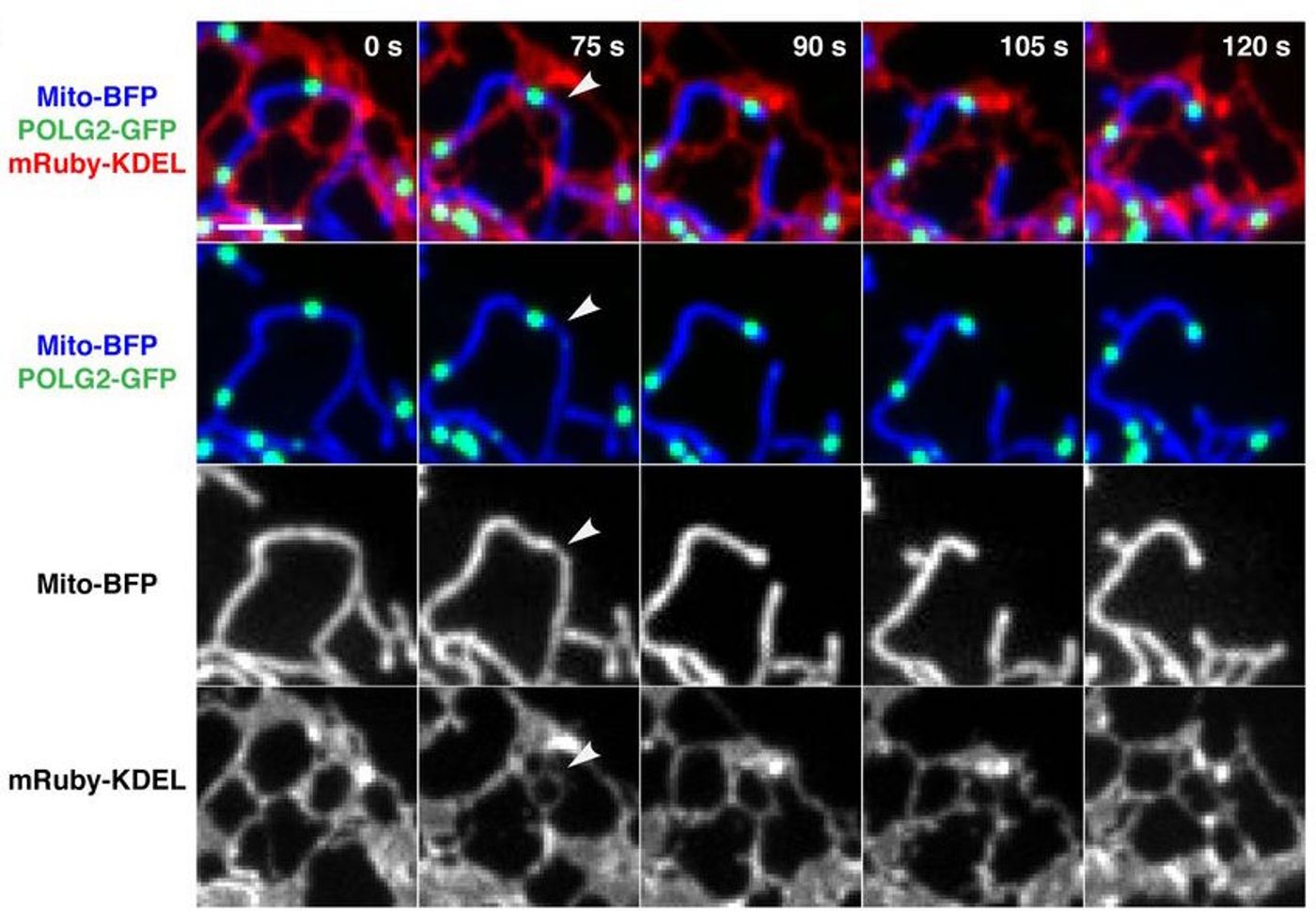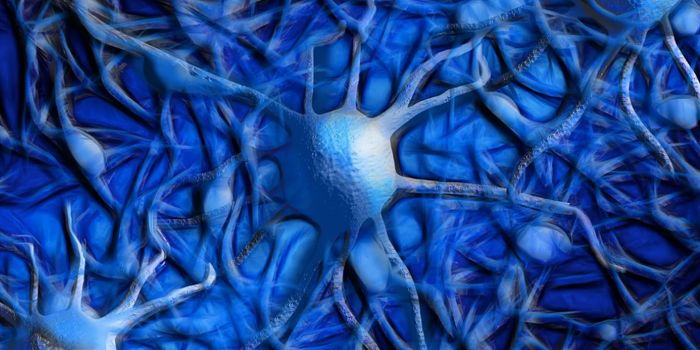Many human diseases have been linked to dysfunction in mitochondria, organelles in every cell that are responsible for generating energy, and which have their own set of DNA that they maintain themselves. It’s been unknown however, how the replication of that mitochondrial DNA (mtDNA) is controlled in mammalian cells. Publishing in
Science, researchers have now made an important discovery in determining how cells control the replication of mtDNA and couple that process to mitochondrial division.
It’s thought that mitochondria originated from a bacterium that took up residence inside of other cells, permanently, and have retained their own DNA from that very distant past. All eukaryotic cells use mitochondria to obtain energy from the metabolic process known as respiration.
"This has very profound implications for human disease," said Jodi Nunnari, Professor and Chair of Molecular and Cellular Biology at the University of California, Davis and the senior author of the paper. Division of DNA contained in the cell's nucleus is very tightly controlled, but synthesis and division of mtDNA is "a lot more relaxed," explained Nunnari.
The cell must somehow organize new copies of mtDNA. Mitochondria have the appearance of long, snaking tubes in human cells. From hundreds to thousands of copies of their single chromosome are packaged into a structure called the nucleoid.
Two of the investigators, postdoctoral researcher Samantha Lewis, together with undergraduate student Lauren Uchiyama, tagged mitochondria, their chromosomes, and the endoplasmic reticulum, a network of tubes that spreads throughout the cell, with fluorescent dyes so they could be observed under a microscope.
They observed that when mitochondrial chromosomes were dividing, they were located at points where the endoplasmic reticulum touches a mitochondrion. Those were the same points where mitochondria divided into two, a process whereby a protein encircles the organelle, then squeezes it until it splits.
"The endoplasmic reticulum comes into contact with the mitochondrion, and where they contact is where they divide," Nunnari said.
This contact between the organelles "licenses" the mtDNA to replicate and divide, Nunnari explained. The DNA division is physically coupled to division of the mitochondrion itself, as well as to the distribution of the new, daughter DNA around the cell.
"There are hundreds of contact points around the cell that determine where division takes place and how mitochondria are distributed, but division preferentially occurs at the subset of contacts where mitochondrial DNA is being copied" Nunnari continued. "It shows that there is a higher order to this, it is not simply random."
Nunnari commented that this work stemmed entirely from fundamental research, but the discovery has many implications for understanding cellular functions, aging and a broad range of diseases.
"We didn't come to this by studying any specific disease, it's discovery-based research, but this will greatly impact human health," Nunnari concluded.
Sources:
Science,
Science Daily via
University of California, Davis










